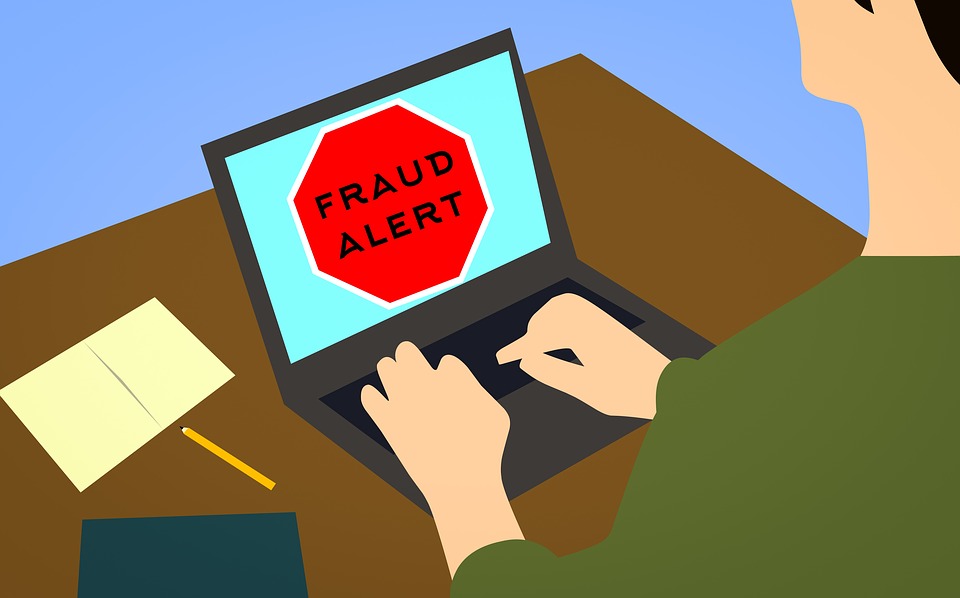
Identity theft is a growing problem in the United States, with close to 60 million people affected by this crime in 2018. This is a significant rise from just 15 million the year before. With such a big increase, it’s no wonder that so many people are now anxious to secure their data. But what can you do if your identity is stolen, and is there a way to prevent it?
In this guide, we’ll be giving you some steps to follow if you suspect you’ve been a victim of identity theft. We’ll also be provide details on how to use a service such as CheckPeople to reveal if your personal details are online. Finally, we’ll also share some advice on how to secure your data and prevent it from falling into the hands of criminals.
How to Know if You’re a Victim of Identity Theft
If you believe that you could be a victim of identity theft, there is an easy way to check. You can use an online background checking service to reveal whether your details are visible online. There are lots of great sites out there that now offer this service for an affordable price. You simply enter your full name, and it will reveal any available details. If you’ve been the victim of identity theft, it may show up personal information like your social security number and bank details.
You can also use a background checking tool to check your credit history. If you’ve been a victim of identity theft, criminals will often use your details to apply for loans or credit cards in your name. They’ll quickly rack up a lot of debt, which is all in your name.
What to Do if You’ve Been a Victim of Identity Theft
Here are some general steps and tips to follow if you discover that you’re a victim of identity theft. Note that depending on the exact effects of the crime, some steps may change.
- Place a fraud alert with a national Credit Reporting Agency
National Credit Reporting Agencies (CRAs) such as Equifax, Experian, or TransUnion keep track of credit histories. If you place an alert that your identity has been stolen, they’ll be able to prevent damage to your credit history. - Check your financial accounts
Call your bank to see if any new accounts were recently opened in your name. Explain to them that you’ve been the victim of identity theft, and they can stop any fraudulent transactions. If there are lots of transactions you don’t recognize on your personal accounts, you may want to close these too and bring it up with your bank. - File a complaint with the Federal Trade Commission
The Federal Trade Commission (FTC) is responsible for consumer protection in the US. This agency can be notified of any instances of identity theft and will help prevent further loans in your name. You can file a complaint online or by calling the FTC office. This step is important if you want to take police action against the criminals. - File a Police Report
Although the police themselves may not be able to help much, filing a police report is important if you want to protect your credit history. The banks will only take your claim of identity theft seriously if you’ve filed an official police report. Ensure sure you give a detailed account of when you first noticed the crime and what the criminals have done using your details.
Staying Safe from Identity Theft Online
If you’re worried about the dangers of identity theft, there are lots of steps you can take to reduce the risk and stay safe online. Follow these steps to reduce the risk of identity theft:
- Use an up to date antivirus software – You should always make sure you have a good antivirus program to take care of any threats on your computer. When you’re browsing online, you can inadvertently download malware that can steal your data and personal files. Criminals will then sell or use this data to steal your identity.
- Don’t share personal details online – Your online privacy is important, and you should avoid sharing too much. Criminals can use your personal details you post online to target you and your data. Be mindful of what you share online and who might be following you.
- Use strong passwords and two-factor authentication – Strong passwords keep criminals from accessing your personal online accounts. If you have a simple to guess password or use the same password for multiple sites, you should change it. Look into using two-factor authentication for an extra layer of security.
- Only enter payment details into safe and trusted sites – Make sure that you trust a site and it’s safe to use before entering your personal or payment details. Look for the green check in the address bar that shows you the site uses encryption to hide your payment details from criminals.